It's a different Ireland once more. We find ourselves in the midst of social distancing and lockdown. Most of us will continue as we have for the last while; staying indoors, living more online. Never has there been greater awareness of the necessity to work together for the greater good.
As of now, weather predictions say next Friday, May 22nd will be sunny. But forecasts can be unreliable. Things change, and suddenly. Ireland of all countries knows about unpredictability, both in the weather and in public mood. If you had asked pundits, or indeed campaigners for Marriage Equality in January 2015 on the likelihood of a sunny outcome for a referendum on same-sex marriage, their prediction wouldn’t have been certain. Because it wasn’t. Yet here we are – on May 22nd it will be five years since Ireland voted in favour of equal marriage, and on that day when the people said “Yes”, we certainly got the weather for it.
Hopes for a reimagined future were what powered marriage equality activists in the early days. The referendum was the result of many years of work
Back in 2015, a commemorative issue of GCN (Gay Community News) was published immediately after the vote. The magazine spoke to some of the activists who battled long and hard for a positive result. But when that issue was in production, it had to be taken into account, what if the vote was “No”? Plans had to be made. A large photo shoot of those featured needed to somehow depict celebration, but also, just in case, dignity in the face of loss. As for the content, it was suggested the interviewees give two different responses. Be it superstition, or a refusal to give in – many of those featured decided not to answer in the negative.
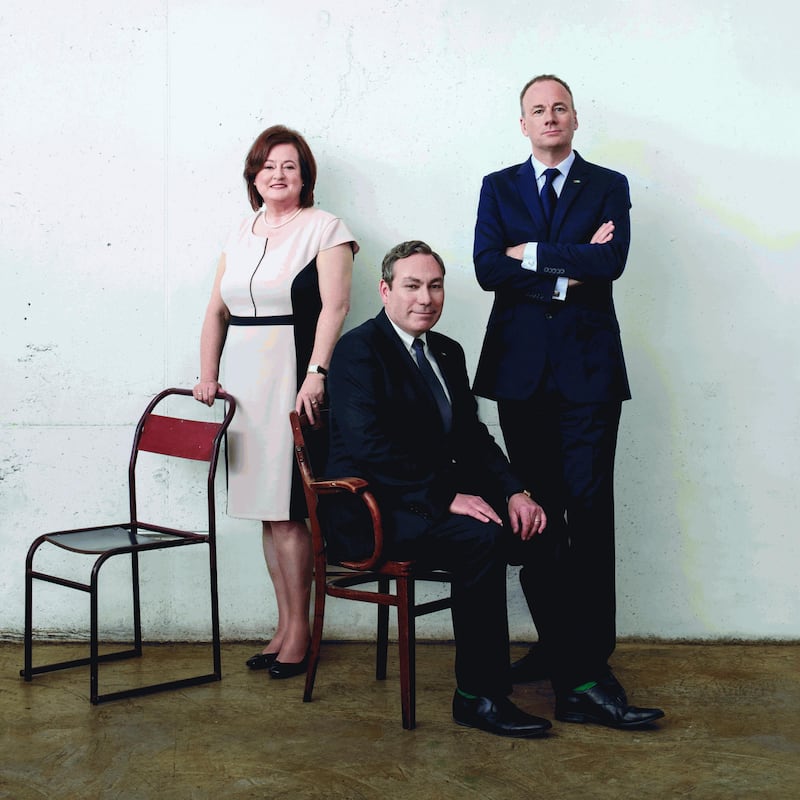
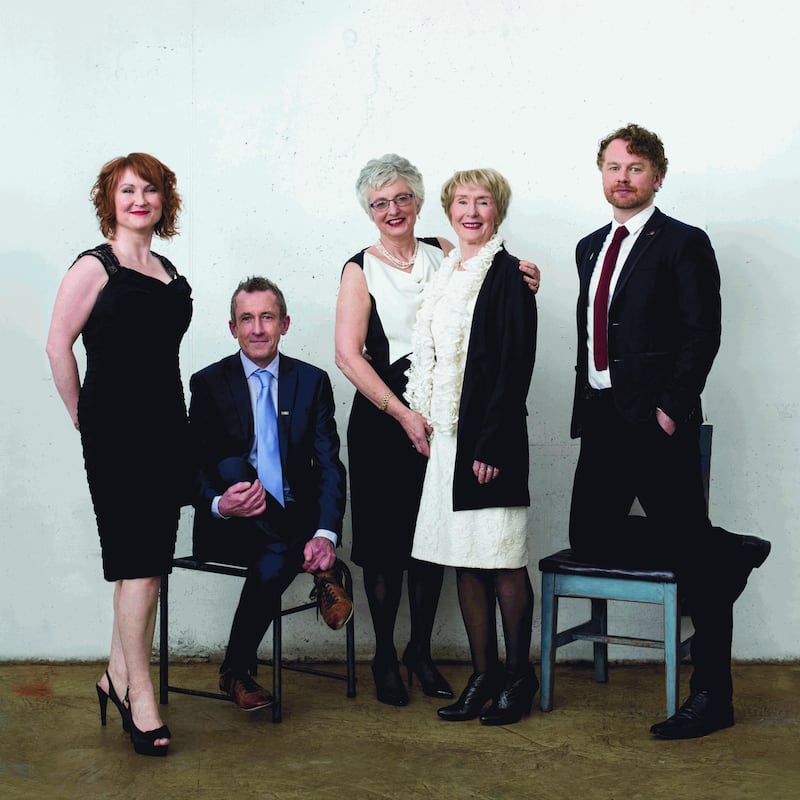
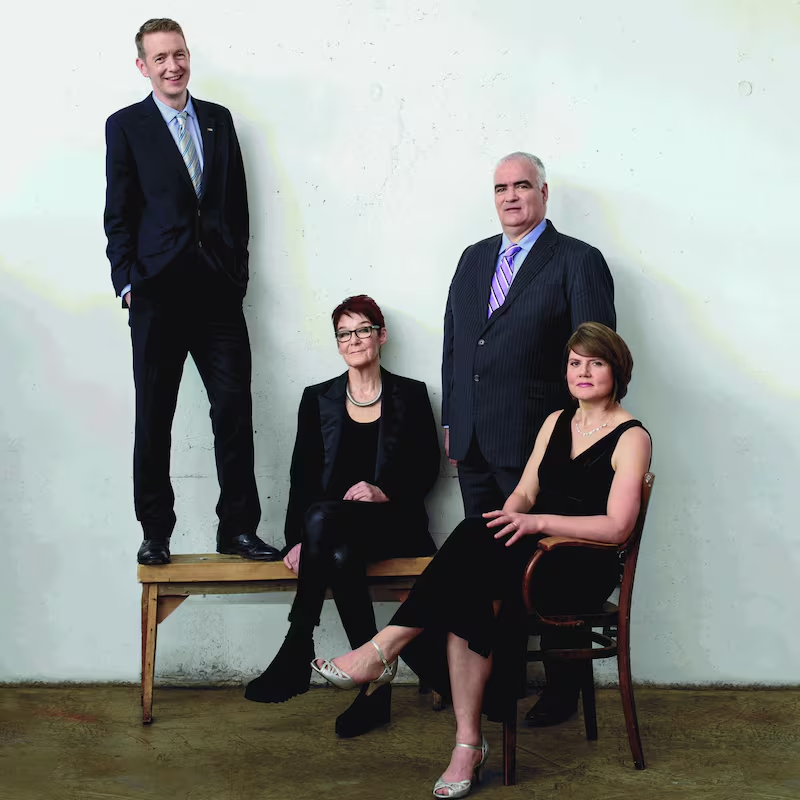
Back to unpredictability. At this moment, due to the coronavirus pandemic, for only the second time since its foundation in 1988, production on the print magazine of GCN has been put on pause. As we mark the anniversary of marriage equality, the LGBT+ community, like every other community, has lost many physical spaces in which to gather for support, solidarity and celebration. This will be a defining time for us all, figuring out how to navigate this new world while imagining possibilities for a better future.
Similar hopes for a reimagined future were what powered marriage equality activists in the early days, for while the referendum was a defining moment, it was the result of many years of work.
Moninne Griffith is the chief executive of BeLonG To – a charitable organisation that supports LGBT+ young people. She was also previously the director of Marriage Equality. She says of those earlier years: "We would talk to politicians, even supportive politicians. They thought we were half-mad, that this wouldn't happen in our lifetime. There were too many challenges in terms of legal and attitudinal barriers, conceptions and perceptions about LGBT+ people and what marriage meant traditionally in Ireland."
Griffith credits the eventually unsuccessful court case of Katherine Zappone (now Minister for Children and Youth Affairs ) and Dr Ann Louise Gilligan to have their Canadian marriage recognised by the Irish State as a major catalyst. "They really lit the flame, put the issue on the agenda in terms of people even thinking about same-sex couples getting married. Before that no one was even talking about it."
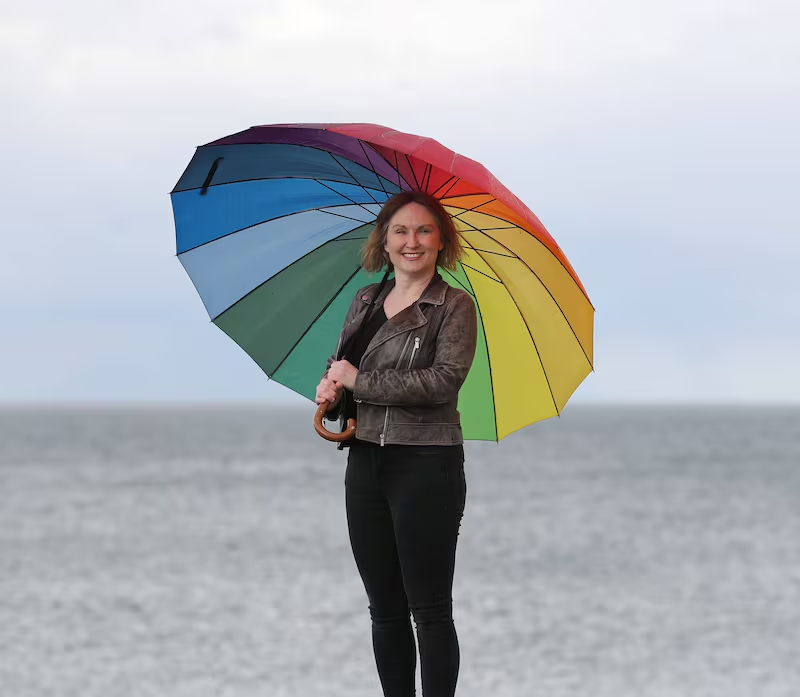
Zappone recounts that battle: “We spent some time considering what was the best path to achieve the equal recognition of our lifelong partnership, and that began about 14 years before we actually achieved the vote. From the time we decided that we were going to find a legal pathway, to when it happened effectively, every night when we went to bed - it was the last thing on my mind, and the first thing when I woke up, thinking about what we needed to do in order to achieve it.”
When finally then taoiseach Enda Kenny declared in December 2014 that a referendum for same-sex marriage would be held "no later than mid-2015," activists already running at full-tilt somehow picked up more speed. Brian Sheehan was the co-director of the Yes Equality campaign. Sheehan remembers how what eventually spread across the country in a wave, stemmed from a small office in Dublin with barely enough room to fit the team inside.
"We were in a tiny room, you had half a desk each, or a quarter of a desk. People originally from GLEN [Gay and Lesbian Equality Network], Marriage Equality and the ICCL [Irish Council for Civil Liberties] were joined by tons of people who came in as unpaid volunteers.
“It was extraordinary how a group of people committed to being dynamic and held firm to a message. It was fantastic.”
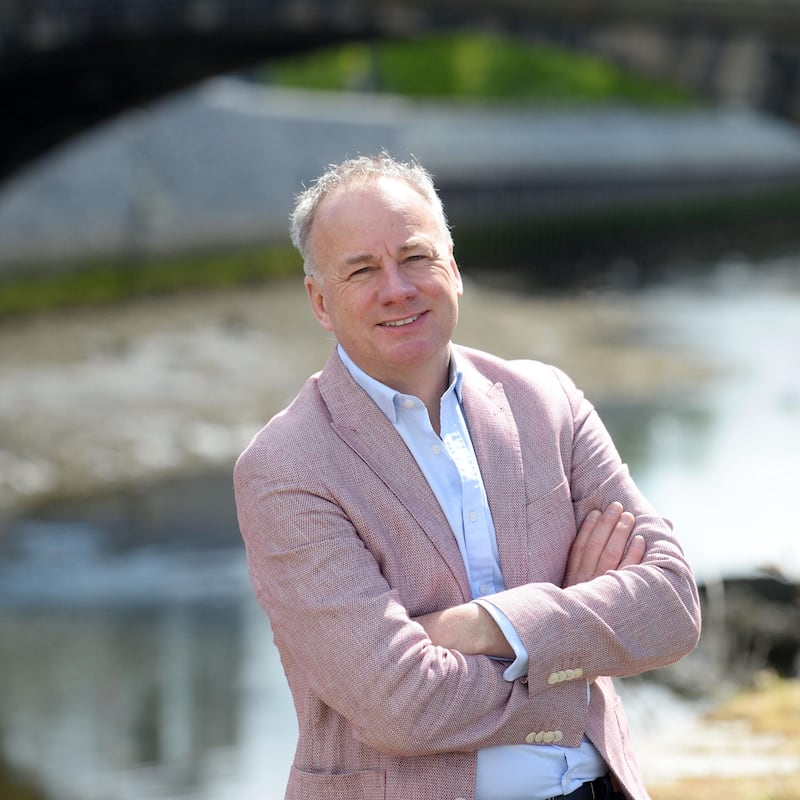
When asked for her abiding memory of that time, Ailbhe Smyth, a founding member of Marriage Equality, pauses, answering both honestly and wryly: "Work."
“Nothing falls out of the blue sky,” she says, “It was hard work by so many people over such a long period of time, it didn’t happen easily. It didn’t happen automatically.”
Gráinne Healy, co-director of the Yes Equality campaign, saw her hard work through to a fitting flourish when she married her partner in 2019. She remembers in the early days a moment that hinted there could be success. "I was standing on Grafton Street with the other staff from the Yes Equality headquarters, handing out badges to people and asking them to consider voting 'Yes'. I began realising the positive responses – people crossing the road to take a badge, people folding back the lapel of their coat to show that they were already wearing a badge, as maybe they worked somewhere where they weren't allowed to display them. So there was a sense of a growing movement and support, but quietly so."
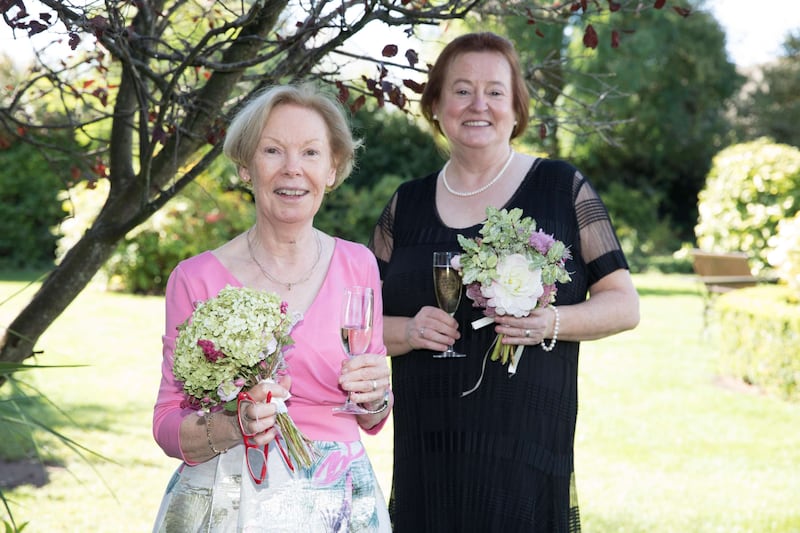
A strong presence, all the more noticeable for being a heterosexual man playing a major role in the campaign, many activists cite the essential work carried out by the late Noel Whelan, a barrister and political activist who worked as their strategic advisor.
Sheehan says: “Noel was extraordinary, we had done some work with him in GLEN. He’d said, ‘Grand, I’ll come in and do a few bits here and there,’ and suddenly he became an integral part of it. He was an exemplar of those people who gave up so much just work on this.”
Whelan passed away in July 2019. His wife, Sinead McSweeney, recalls: “It was a huge part of our lives at the time. If Noel wasn’t in the office with Brian and Gráinne, he was on a call with them, talking to people, constantly assessing the landscape.”
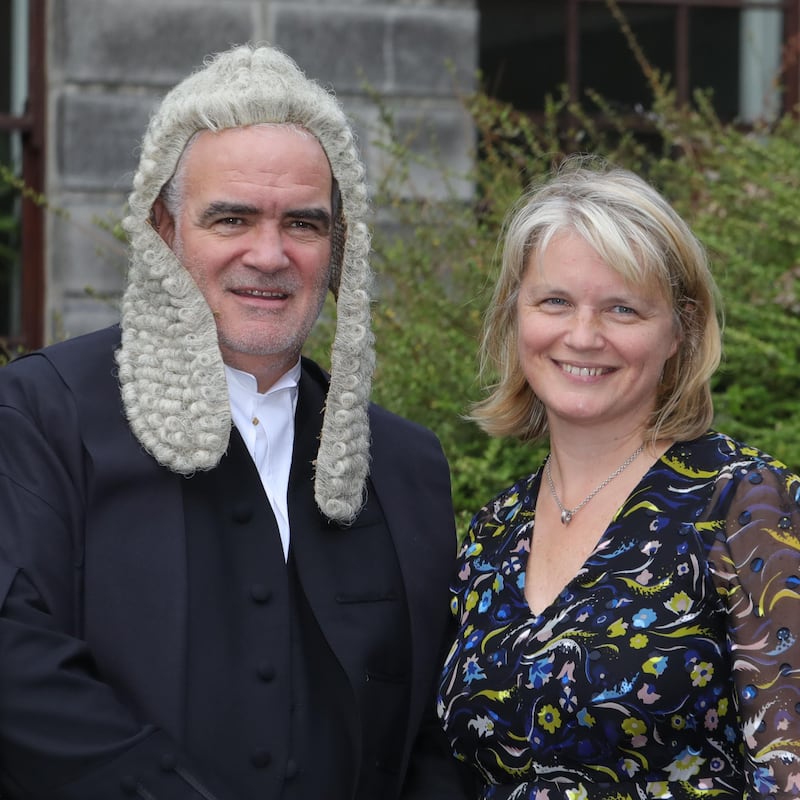
As the day drew closer, both sides of the vote were out in full force. Many will remember the posters hanging on poles. For LGBT+ people there was a significant psychological impact of the constant reminder that our lives were being put under a microscope. Television debates were filled with fervent, sometimes cruel, arguments. For those who had once been hopeful, doubt crept in. Healy explains: “If the numbers tallied on the doorsteps were to be believed, it looked like we were going to do it, but right up to the last day, we just had a fear – what if somebody said something stupid. So, right up until the polls closed, for me anyway, I never let myself have the certainty.”
The Home To Vote movement was a significant turning point. The hashtag was tweeted some 72,000 times as Irish people living abroad returned to vote in the referendum
Smyth was more optimistic, “I thought we would win. Now, I honestly didn’t think that we would win by 62 per cent, but when we actually went into the referendum campaign, as distinct from all of the campaigning that had gone on previously, I felt that we were very strongly placed. I thought that it was ours to lose because of the way it appealed to people’s better sense of themselves. I think that’s a very powerful appeal to make to people – to basically say, your best self knows that this is right.”
The reality of the situation suddenly overcame the theoretical. Whelan had always enjoyed the politics of elections and referendums, but McSweeney remembers meeting him at the office on Grafton Street: “People were stopping him and saying, ‘Will it be okay?’ I got messages from people at work who had been involved in the campaign and they too were like, ‘Will it be okay?’ I remember he just stopped and went, ‘Oh, my God, I hope I’m right. Because if it doesn’t happen, it’s just so real, more real than any other campaign’.”
For many LGBT+ people, it was difficult to gauge the temperature of the country, given the enthusiastic support from those closest to them. However, the Home To Vote movement was seen by many as a significant turning point. The #HomeToVote hashtag was tweeted some 72,000 times in the lead up to the day itself, as Irish people living abroad returned to vote in the referendum. It was overwhelming for those they were supporting.
“I was particularly slow to think that it would be won, others were a bit there before me,” explains Sheehan. “The moment when I knew, it was the day before, when the ‘Boat to Vote’ came in.”
Two people on the deck began singing the traditional folk song She Moves Through the Fair as it came in to Dublin Bay. “Those lyrics,” Sheehan says, “‘It will not be long love ‘til our wedding day’. It was beautiful.”
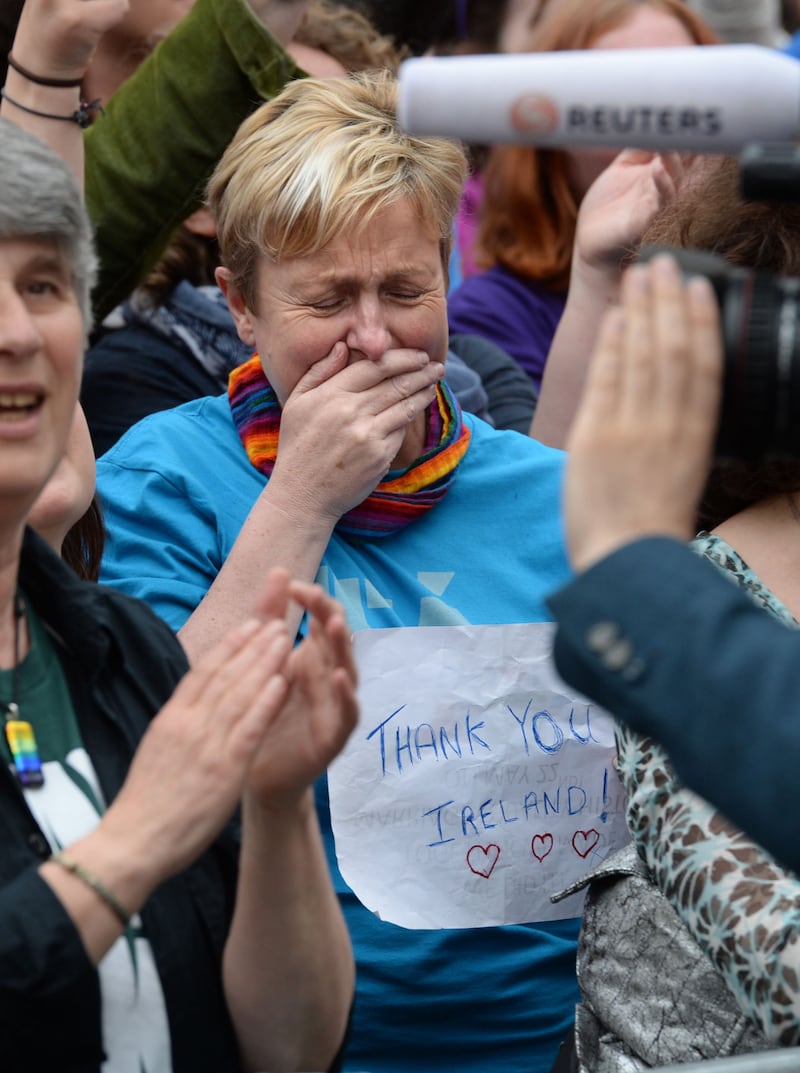
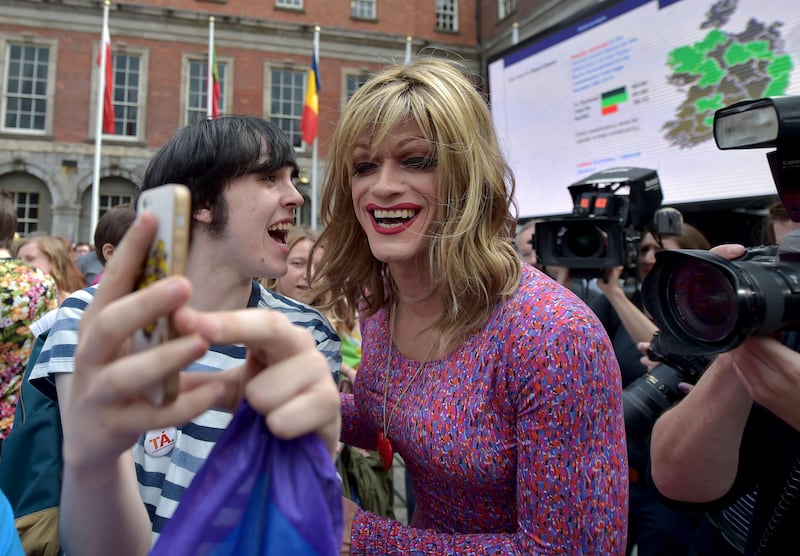
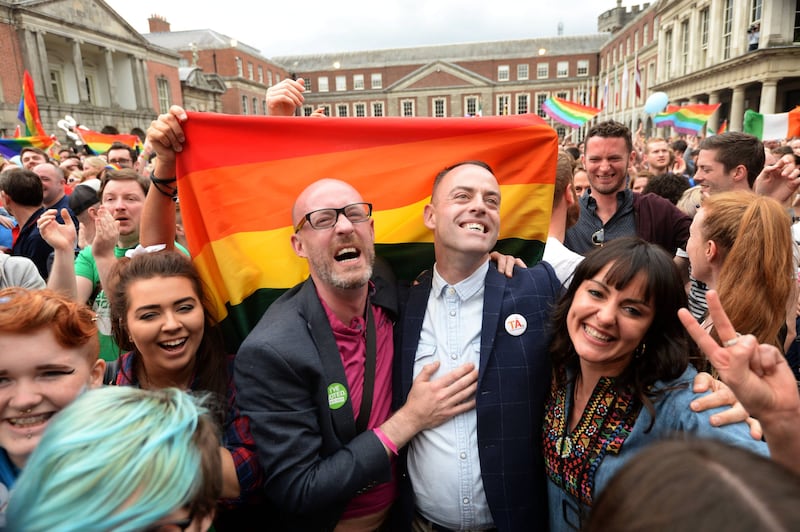
On the day of the result, Healy was in the RTÉ canteen preparing for a radio interview. The television was on. "Just after nine, when the first boxes were opened, David Quinn [of the Iona Institute, who campaigned for a No vote] came on and congratulated the Yes Equality campaign. And he conceded. This was before there was any definite number. I was standing in the canteen in RTÉ and I remember sitting down thinking 'It's done. We've won.'"
Zappone says her abiding memory of that day can be summed up in “two words and they are: ‘Ann Louise’”.
“Being in the square in Dublin Castle, and being able to go onto the stage with her, to lift up our arms together and to look at the crowd and to feel that we had all achieved this together.
"It was a sense of pure joy being with so many of the people who had worked so hard over many years to achieve this, and the people power that was part of that." Dr Ann Louise Gilligan passed away in 2017, two years after her marriage was legally recognised.
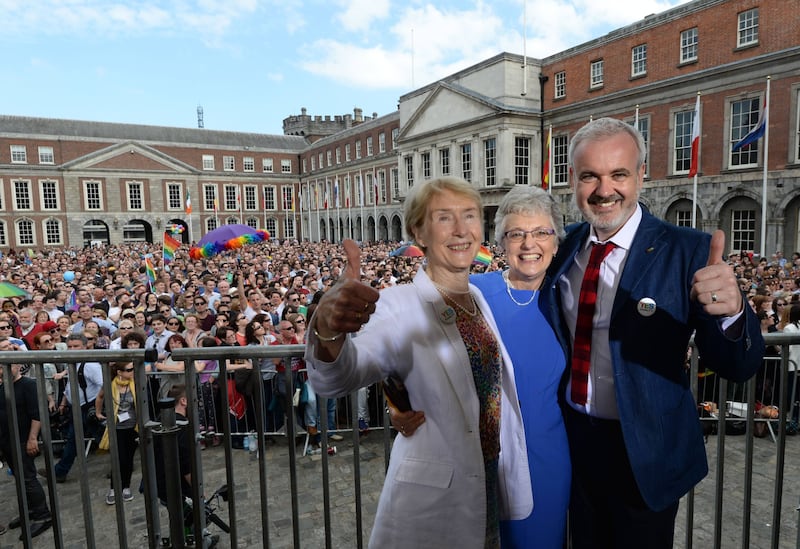
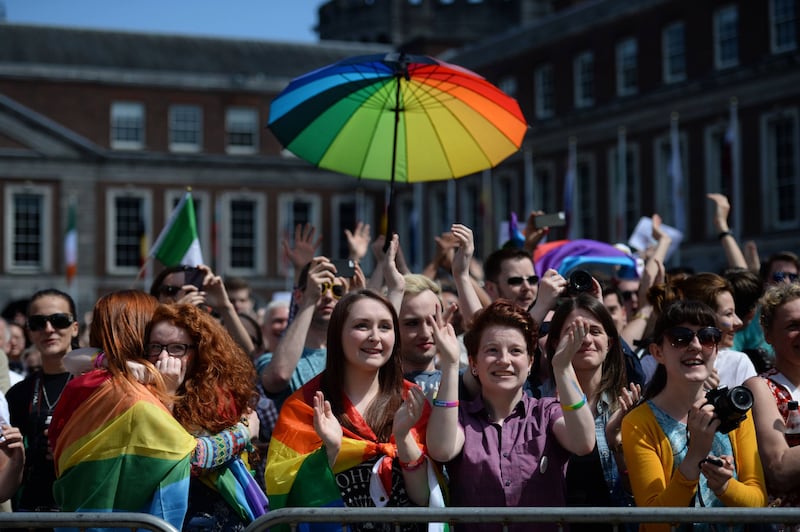
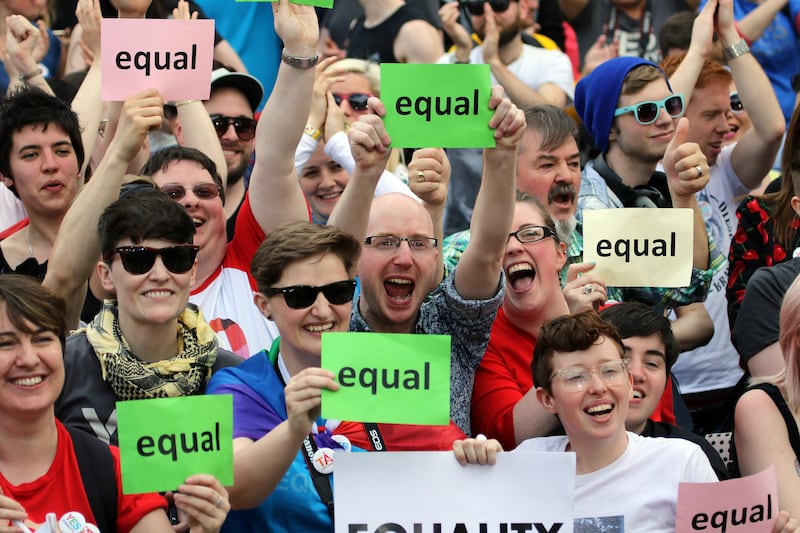
The impact of hearing that resounding yes – 62 per cent voted in favour of marriage equality – for an LGBT+ person, it was a moment to tentatively, finally, reach out to hold a partner’s hand on the street, expecting in response perhaps a supportive beep from a passing car, a smile from a stranger, instead of a hurled homophobic insult, instead of a punch.
Celebrations were in full swing in the grounds of Dublin Castle. Smyth recalls ecstatically leaving the venue with three friends from the ICCL and climbing into a car with a bullhorn on top that they had used the day before to encourage people to get out and vote. “They said to me driving down Dame Street – ‘Why don’t you use that bullhorn for a bit?’ We were all elated, we were just high on victory, and I was shouting into this speaker that was blaring out from the top of the car, ‘It’s okay to be gay. We’re all gay for a day’. People were swarming around the car, it was absolutely extraordinary.
“That degree of elation does not leave a population untouched. It’s saying goodbye to a history that we needed to put behind us, because it’s such a history of shame. It was a real acknowledgement and understanding that this was a part of a foundation for a different kind of country,” says Smyth.
McSweeney says in the years that followed, people would approach her and Whelan on the street, and share their thanks for the part he played in the campaign. “He just couldn’t believe it, the impact of it. I think it changed our family. And I think that might seem strange for a stereotypical, heterosexual couple, but the way in which we interacted with the world, with social issues – people were fundamentally changed by the campaign. It brought the country to a place where people were more open and shared more and were more understanding of others.”
The impact was felt in Leinster House too, Smyth says: "Politicians now had a bit more courage because they understood that they had been lagging behind the people who they represented."
The immediate effect on the younger generation of LGBT+ people cannot be underestimated, Griffith says: “When I started work in BeLonG To in November 2015, the number of young people coming in was just incredible. We went from having a handful of LGBT+ groups, to, at the moment, there’s over 50. The biggest change was visibility, LGBT+ young people felt ‘the law’s behind me, the majority of people are behind me, so I’m going to be brave, and I’m going to come out’. The conversations also gave young people the language to realise what they were feeling.”
The younger generation empowered by the referendum result will be the future agents of change
Zappone would go on to become elected to the Dáil in 2016, becoming Minister for Children and Young People. Along with journalist Una Mullally, she created the first ever LGBT+ National Youth Strategy.
Of LGBT+ equality, Zappone says: “Is there any unfinished business? You bet there is. What concerns me is the ongoing experience of bullying, especially for our younger people and the ways in which services to LGBT+ people throughout the country are patchy at times, especially in rural areas.”
Young people, Griffith adds, “still turn up at the doors of BeLonG To with everything they own in a black plastic bag after being thrown out of their homes.” However, many interviewed say it is that younger generation now empowered by the referendum result who will be the future agents of change.
Smyth says of the result: “That time was the people saying – ‘we want to have a conversation about this. It’s tough but we’re prepared to do it.’ I think that young people getting that experience in their lives, and understanding that it takes focus, determination, hard work, commitment, passion. If you get a sense of that early, it’s fantastic, it stays with you for the rest of your life.”
Peter Dunne is editor of GCN magazine



















